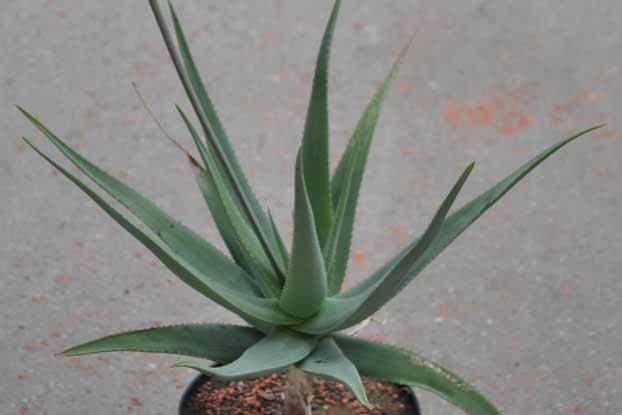So I live in Iowa, USA, where the climate is too cold to grow aloe as an outdoor plant. I have several potted aloe plants, but the leaves are small. It would be difficult to harvest larger amounts of gel from these plants to get enough to make a decent batch of soap or other aloe-based product.
Fast forward to last week... I saw a ginormous aloe leaf for sale in the local "whole foods" grocery store the other day ... I had no idea they could get that big!
So my questions -- What aloe plant variety would you grow to get these monster leaves? And is it reasonable goal for me to grow this type of aloe, given it's got to be a houseplant?
Fast forward to last week... I saw a ginormous aloe leaf for sale in the local "whole foods" grocery store the other day ... I had no idea they could get that big!
So my questions -- What aloe plant variety would you grow to get these monster leaves? And is it reasonable goal for me to grow this type of aloe, given it's got to be a houseplant?
Last edited:












